Do Polar Bears
Get Lonely?
and 101 other intriguing
science questions
NewScientist
Do Polar Bears
Get Lonely?
and 101 other intriguing
science questions
More questions and answers
from the popular Last Word column
edited by Mick OHare

First published in Great Britain in 2008 by
PROFILE BOOKS LTD
3A Exmouth House
Pine Street
London EC1R 0JH
www.profilebooks.com
This eBook edition first published in 2009
Copyright New Scientist, 2008
The moral right of the authors has been asserted.
Text design by Sue Lamble
Typeset by MacGuru Ltd
info@macguru.org.uk
This eBook is copyright material and must not be copied, reproduced,transferred, distributed, leased, licensed or publicly performed or used in any way except as specifically permitted in writing by the publishers, as allowed under the terms and conditions under which it was purchased or as strictly permitted by applicable copyright law. Any unauthorised distribution or use of this text may be a direct infringement of the authors and publishers rights and those responsible may be liable in law accordingly.
A CIP catalogue record for this book is available from the British Library.
eISBN: 978-1-84765-125-9
Contents
Its a fair bet that youve never considered what compels you to choose random numbers in the national Lotto draw. But now that weve told you that you do, youll almost certainly want to know why. If you are truly perplexed turn now. And has it ever struck you that if you go back 30 generations your ancestors will total more than the number of people who have ever lived? How can that be? Find out the flaw in the logic. And what about eating bits of yourself in order to stay alive you might not like what we suggest. Come to think of it, we dont like what we suggest
For nearly 15 years the readers of New Scientist magazine have been contributing their astounding knowledge to the Last Word column of science questions and answers. We now know why cheese goes stringy and what time it is (or isnt) at the North Pole. We know how to weigh our heads and we certainly know why penguins feet dont freeze. Weve also put to rest a couple of urban myths along the way to find out if human hair and fingernails really do continue to grow after death. And weve also been happy to admit our own errors. To find out just how humiliated we were by a few broken drinking glasses.
But thats all part and parcel of scientific investigation. You propose a hypothesis, bash it about a bit, run a few experiments on it and then reject it or accept it while fine-tuning it along the way. And like all great scientists, that is exactly what the contributors to this book have done deduced answers from the evidence available and then been supported or contradicted by their peers, which is what makes the Last Word column and this book such fascinating reading.
Both in the weekly magazine and online, New Scientists community of Last Word readers continues to come up with the answers to the worlds strangest questions. And more people are always welcome. You can pose your own questions or answer new ones (or even contradict those who have gone before) by buying the weekly magazine, or visiting the website (www.newscientist.com/lastword). There you can join in the forum, read the blog or simply offer your knowledge in answering some of lifes astounding conundrums. You may even become the star of the next book!
In the meantime enjoy this one, in which we seem unduly concerned by thirst you can find out in chapter 5 whether fish, dolphins or spiders get thirsty and, along the way, satisfy your own thirst for the world of scientific trivia.
Mick OHare
A big thank you is due to Jeremy Webb, Lucy Middleton, Ivan Semeniuk, the production, subbing, art, web, press and marketing teams of New Scientist, James Kingsland, Frazer Hudson, and Paul Forty and Andrew Franklin among many people at Profile Books for their tireless efforts in the creation of this volume. Special thanks are also offered to Sally and Thomas for their patience while this book and its predecessors were created. Finally, good luck to Ben Usher on his travels
 A round figure
A round figure
Why do crown corks on beer bottles at least the few hundredthousand that I have drunk from always have21sharp bits?
Volker Sommer
Bielefeld, Germany
We have three explanations for this one. Were still waiting fora bottle-top aficionado (of which there seem to be many) to rulebetween them Ed.
The crown cork on any bottle is regulated by the internationally accepted German standard DIN 6099, ensuring all crown corks are the same. Along with specifying the diameter of the bottle neck, the form of the rim around which the cap is crimped and the materials the cap may be constructed from, this document specifies the form of the crimp. One requirement is that the closure be sufficiently circular to maintain a tight seal all around the circumference, which implies a high number of crimps (and thus points). It must also be robust, however, which implies reducing the number of crimps to give each crimp a larger bearing surface. Using 21 crimps is a good compromise between these requirements and is mandated in the standard. As to why it is 21 crimps rather than 20 or 22, the best answer is simply because it is.
S. Humphreys
Oxted, Surrey, UK
Through trial and error, William Painter, the inventor of the crown cork, discovered that the optimum number of teeth on a mould made of steel for securing carbonated drinks was 24. He registered a patent for his design and for many years the 24-tooth capping mould was standard. However, around 1930 the steel mould came under threat from a cheaper version made of tinplate. This newer mould could not win a patent if it also had 24 teeth, so was changed to 21 to avoid infringing the original design. The new figure is the smallest number of teeth needed to prevent leaks and is now used across the world.
Chitran Duraisamy
Seven Hills, New South Wales, Australia
The crown cap was patented by Painter on 2 February 1892 (US patent 468,258). It originally had 24 teeth and a cork seal with a paper backing to stop drink and metal touching. The current version has 21 teeth.
The 24-tooth caps were originally fitted to bottles one by one using a foot-operated press. When automatic machines were adopted, the crown caps were loaded into circular feed tubes and the 24-tooth caps frequently jammed. With an uneven number of teeth this doesnt happen, and because the sealing quality of 23 teeth was no better than 21, the smaller number was adopted.
The height of the crown cap was also reduced and specified in the German standard DIN 6099 in the 1960s. This also defined the twist-off crown cap that is widely used in the US.
Barry Painter
Niedernhausen, Germany
 Cereal killer
Cereal killer
Most healthy people I know would eat cereal or fruit for breakfast.This gives complex carbohydrates for long-term energy. But I havea physical job as a gardener and I know if I rely on this intake Ill

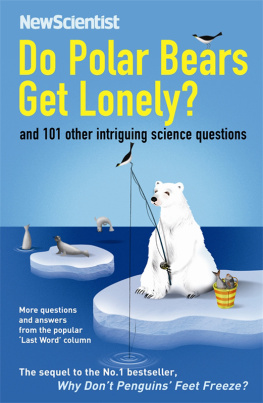
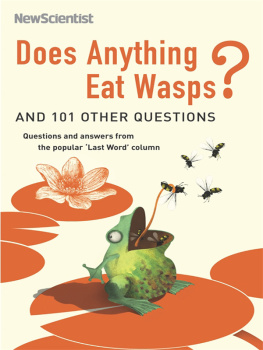
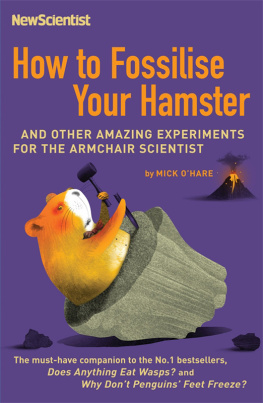

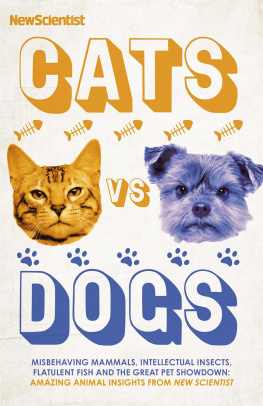
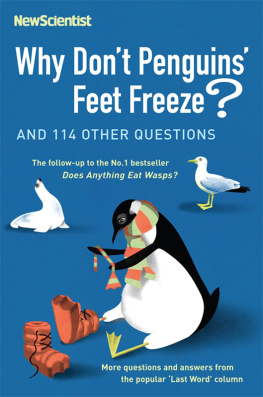
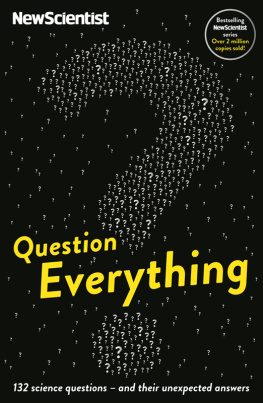
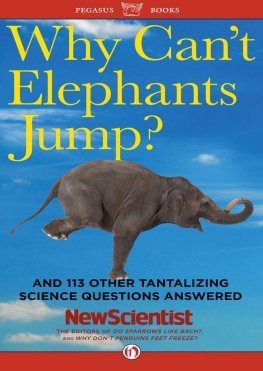
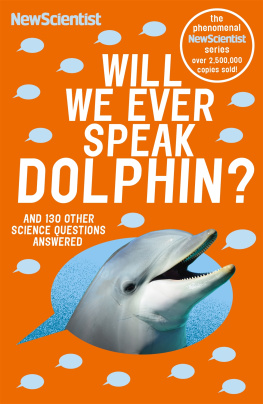

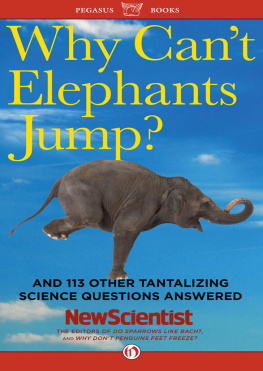


 A round figure
A round figure